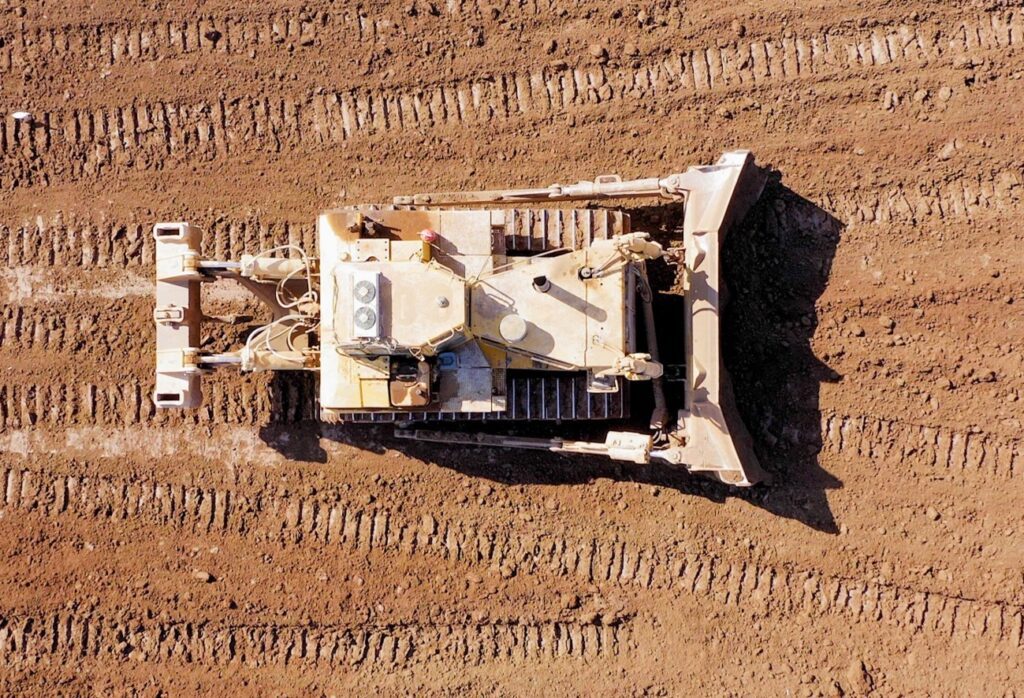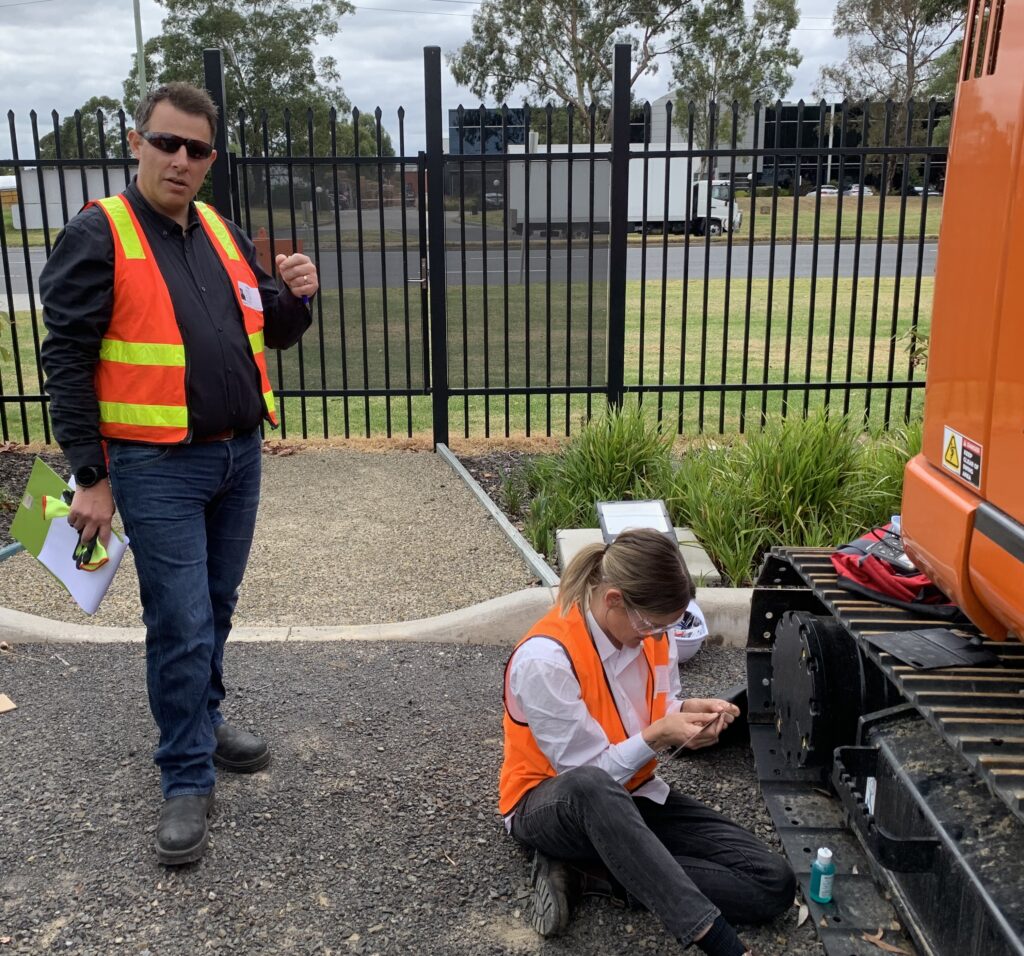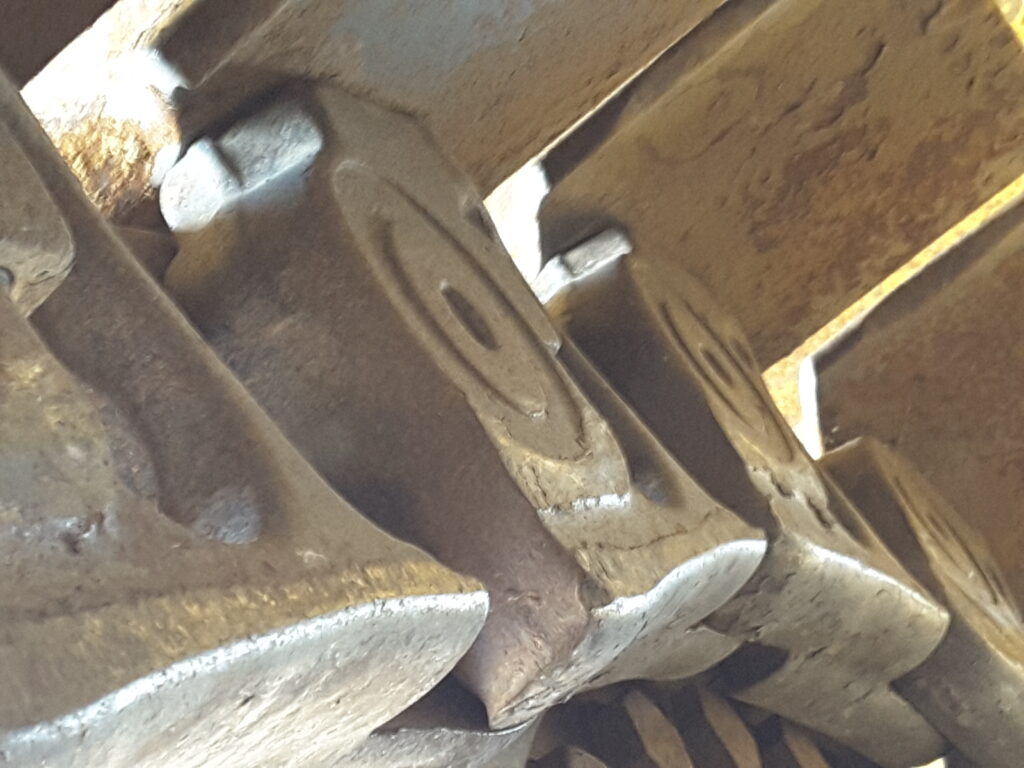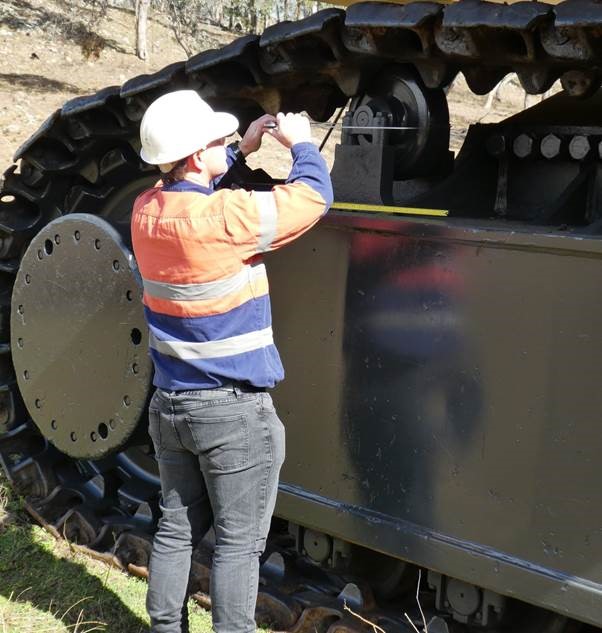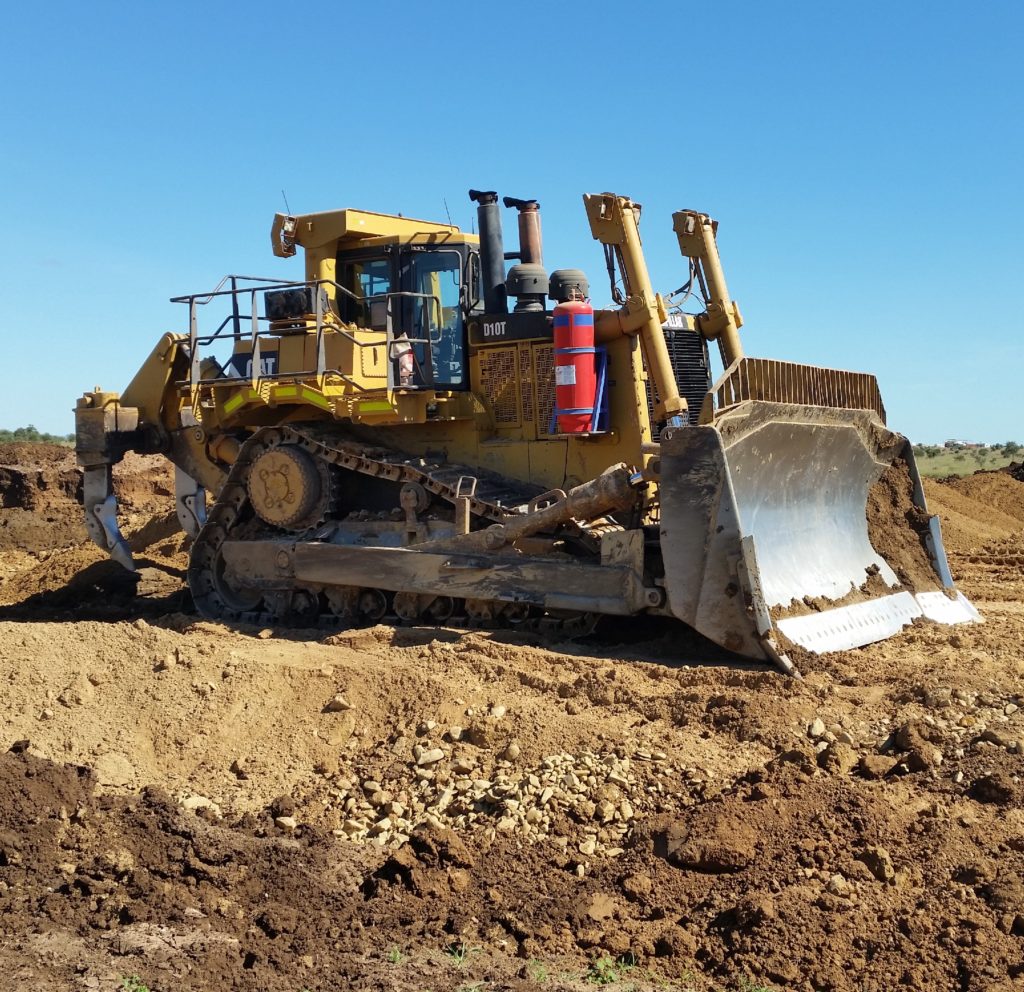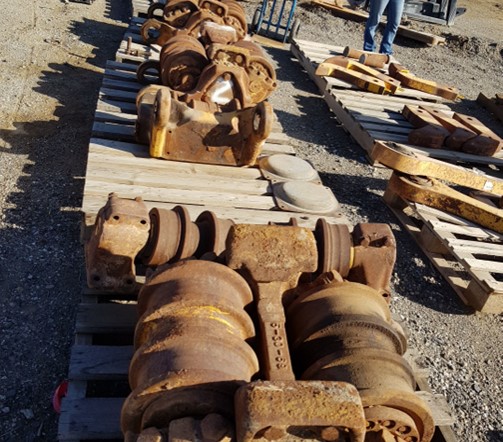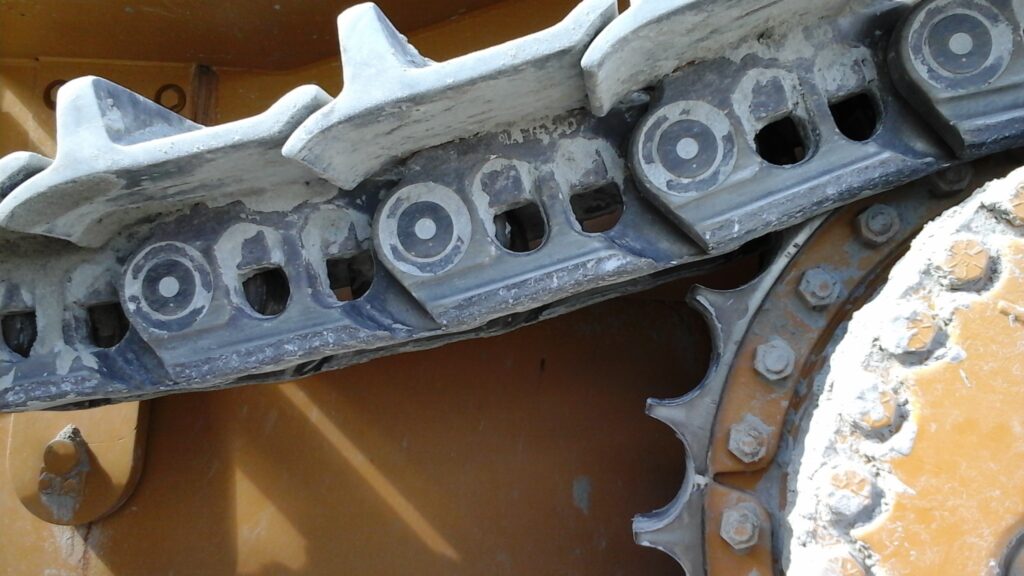Undercarriage Budgets – How to achieve your KPI’s
With increased pressure to perform against measurable objectives many bonuses have been linked to cost reductions – does this sound familiar to you? Read on to understand a methodology to achieve your targets! Test Case – Peter manages 20 large mining dozers with an Undercarriage replacement budget for each undercarriage set of $250,000. His budget […]
Undercarriage Budgets – How to achieve your KPI’s Read More »


